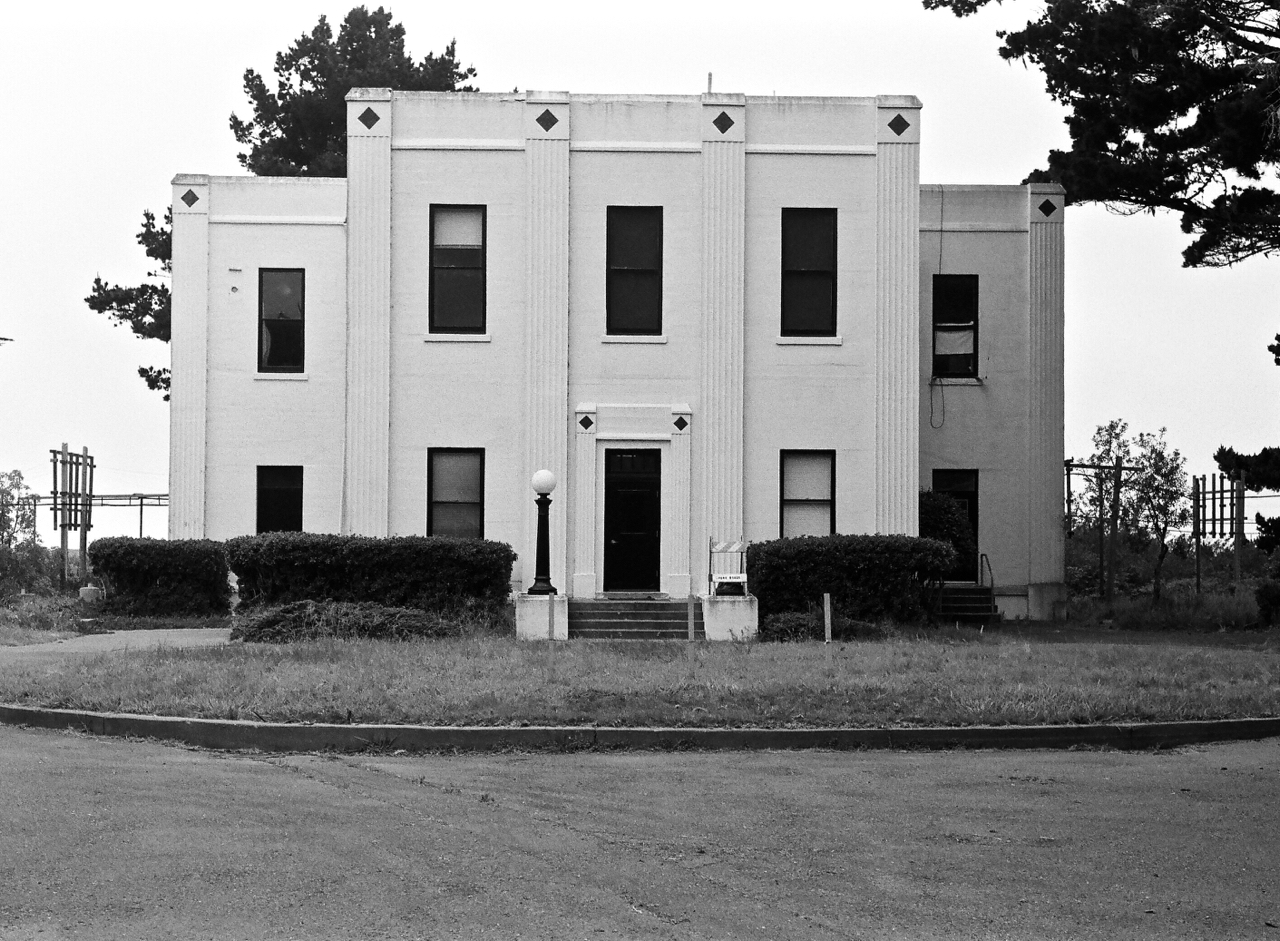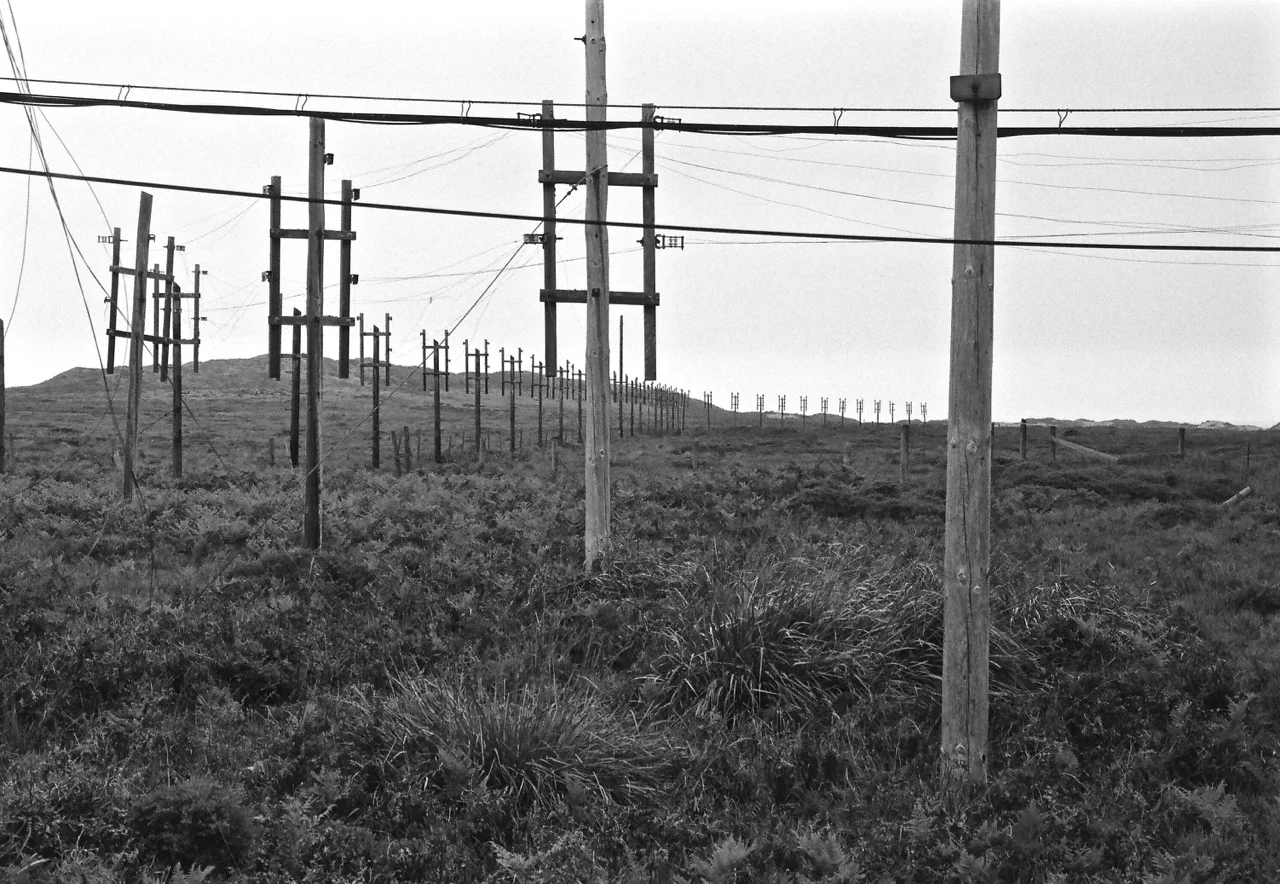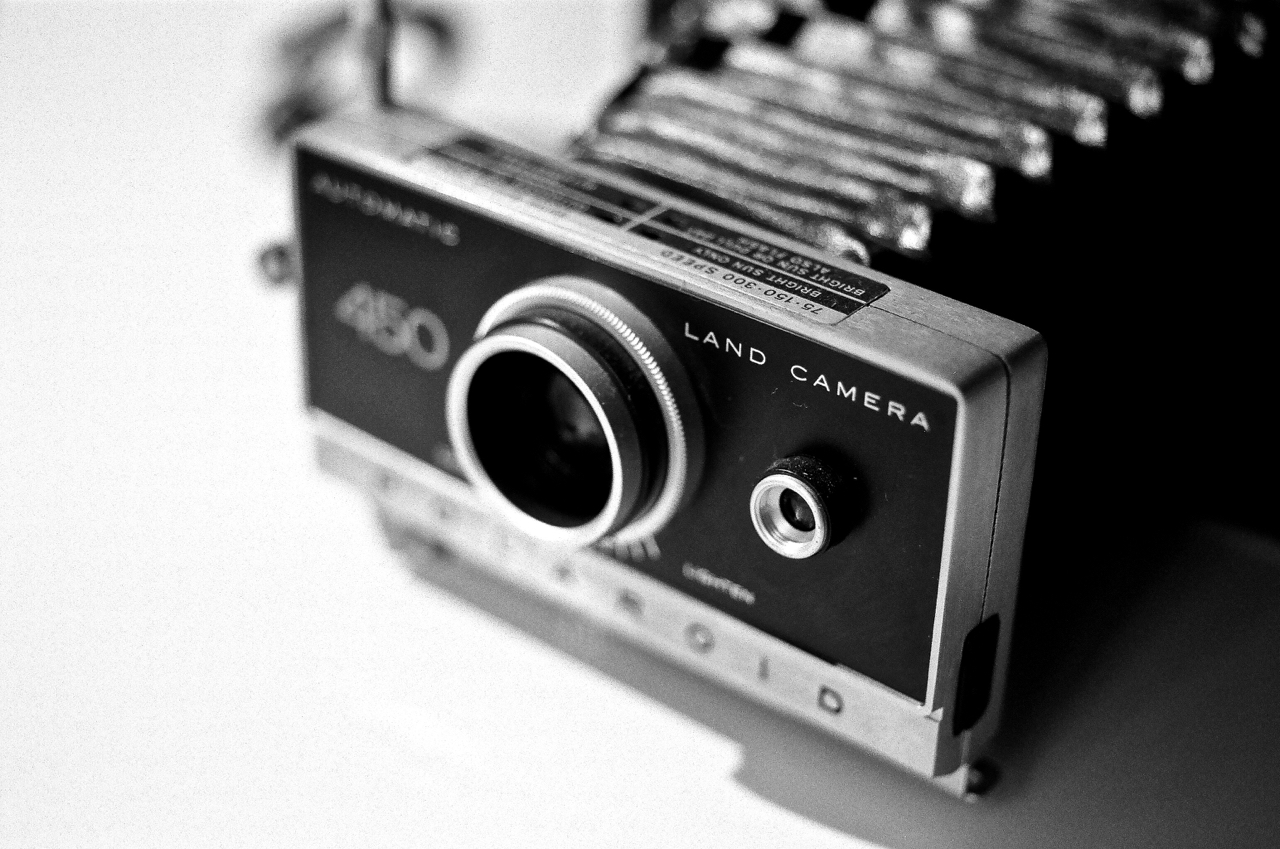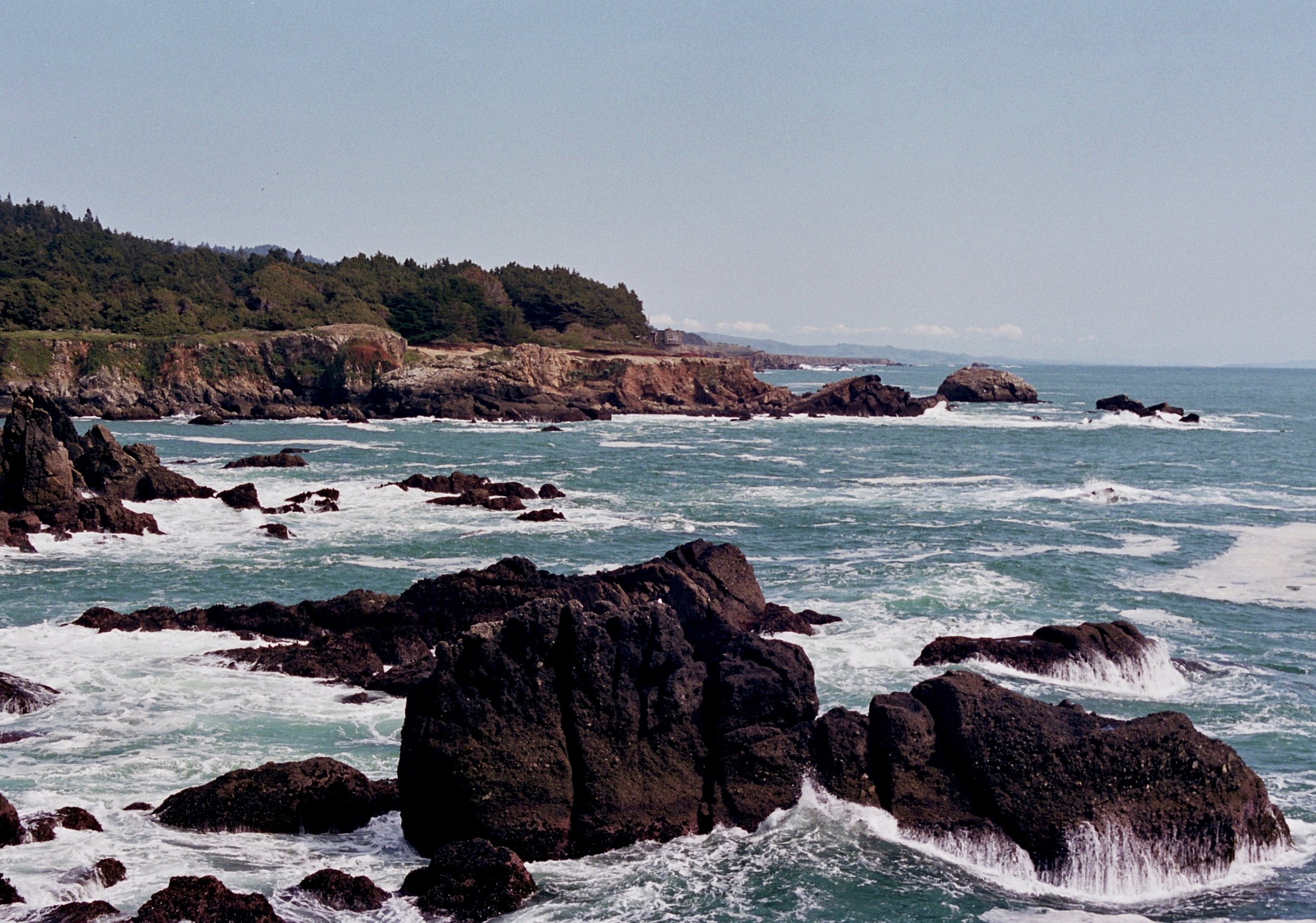I have a memory of seeing a Nikon S2 in a "how to" photography book I borrowed from the library of my junior high school. It's funny how one little memory like this can stay with you all the way into adulthood, but it did. I don't remember the name of the book or the author. I do remember that it was written in the 1950s by a woman photographer and that she shot with the S2. I learned how set up a darkroom from reading that book. And how to develop black and white film. I wish I could remember, because it would be fun to try and find a copy and revisit it today.
Early in 2014, I got to thinking about that old book and the Nikon rangefinder that was burned into my memory. I began to look for one. All of the eBay examples were well over a grand and way out of my budget. One night in April, scanning the San Francisco Craigslist photo listings, I saw a pretty nice example with 5cm and 8.5cm lenses for $500. The camera, advertised as belonging to the seller's grandfather, was located in South San Francisco and the ad said that the camera was jammed and was being sold as is. I called the seller the next day and told him I lived in the North Bay. After some back and forth, he agreed to meet me half way in a Safeway parking lot in San Rafael. It felt a little like a drug deal.
Once we found each other in the grocery store lot (the seller turned out to be a nervous young man who now seemed very irritated about having to drive half way to meet me), I inspected the camera. It did indeed seem to be D.O.A. The film advance wouldn't budge and the shutter release did nothing. I checked the lenses, which looked and operated just fine. There was even a little clip on viewfinder for the 8.5cm lens. The seller seemed to be more interested in whomever he was texting on his iPhone than what I was doing with his camera. I opened the back of the camera and moved the film advance gear with my finger and I heard a couple of clicks. Whatever I did unstuck the camera and the film advance began to work. As I was about to let the seller know that I think I got his camera working again, he told me that he really had to go and did we have a deal? I asked him if his price was firm, he shot me an angry look and he said "four bills is as low as I'll go." Based on my research, I was getting a pretty good deal, even if the camera needed repair. And the seller seemed a bit less irritated now with four one hundred dollar bills in his hand.
It was obvious that the seller wasn't a photographer and had no attachment to his grandfather's camera, if indeed it even was his grandfather's camera. And if he hadn't been such a disagreeable person, I might have felt badly when later that night, after a little exercise, the old Nikon came nicely back to life.
I put a roll of Ektar 100 and a roll of Plus-X through the S2. It was a camera I did not enjoy shooting. I didn't take to the viewfinder and the focusing wheel with razor teeth was like finger torture. The camera was fiddly to use, not intuitive at all. Perhaps it was because Nikon wasn't really in the camera business at this time. They were an optical company and what really shines in this system is the glass--these old rangefinder lenses are astonishingly good. Here are some Ektar shots.































































































